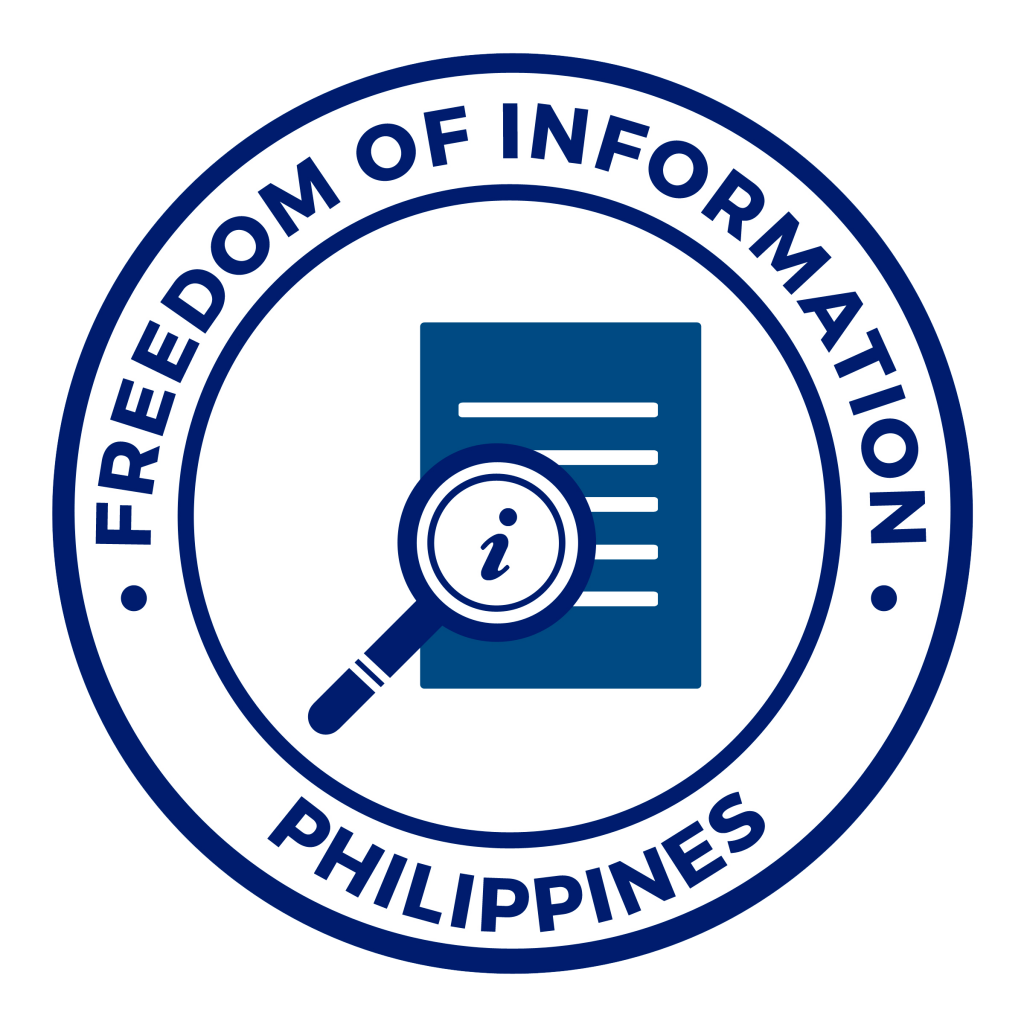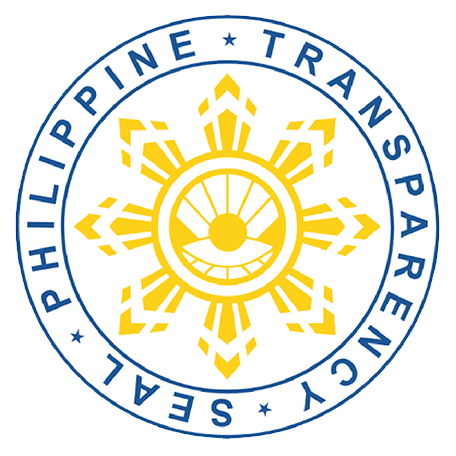
Acupuncture
Acupuncture makes use of traditional Chinese medical theory and its unique methods for diagnosis and treatments. It is beneficial for the promotion, maintenance, and restoration of health and the prevention of disease. Its treatment techniques include but are not limited to the insertion of acupuncture needles through the skin and the use of other biophysical methods, such as the use of heat, oriental massage techniques, electrical stimulation, herbal supplemental therapies, dietary guidelines, breathing techniques, exercise, cupping, dermal friction, and acupressure based on traditional Chinese medical principles.
Background and current state:
PITAHC convened the Technical Working Group to discuss the competency standard for Acupuncture, holding public hearings, and then presented findings to the Board of Trustees (BOT) for approval. The TWG subsequently convened to discuss the Guidelines on the National Certification of practitioners and Accreditation of Acupuncture Training Program, Centers, and clinics. PITAHC then held a Public Hearing for the Guidelines, presented these to the Board of Trustees (BOT) for approval before publication. PITAHC then organized a National Certification Committee for Acupuncture composed of representatives from the government and private sector, acupuncturists from training centers, clinics and Community-Based Health Program (CBHP).
In 2008, the National Certification Commission (NCC) for Acupuncture accepted, reviewed, approved and issued certificates to practitioners, training centers and clinics. The NCC for Acupuncture also conducts regular meetings to approve applicants, and performs other duties and functions such as issuance of committee resolutions, etc.
In 2019 some of the accredited acupuncture training centers started to implement the 960-hr. training curriculum.
As of February 2020, there are 1,107 certified acupuncturists, 40 clinics and 13 training centers.
The Science behind the modality:
Based on WHO Benchmarks
Guidelines Implementing R.A. 8423, IRR on the National Certification of Acupuncturists and Accreditation of Acupuncture Training Programs, Centers and Clinics (View/Download Here)
Competency Standard for Acupuncturists, Acupuncture Training Programs, Centers and Clinics and Code of Ethics
How to become a certified practitioner (Education and Training)
To qualify as Practitioners the applicants must:
present an original copy of certificates of completion with number of hours for basic health skills training, basic and advanced acupuncture training, number of hours for clinical practicum and supervised clinical practice;
must present a portfolio assessment or diploma and transcript of record issued by country of origin, (only for Filipino Acupuncturists who were trained abroad).





